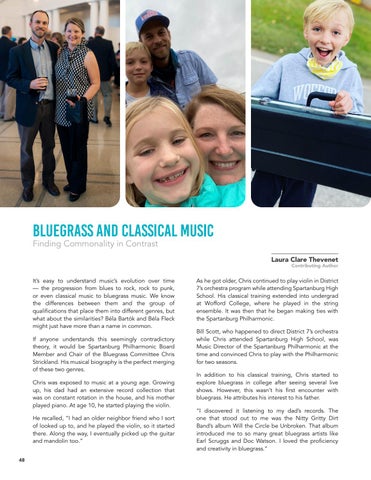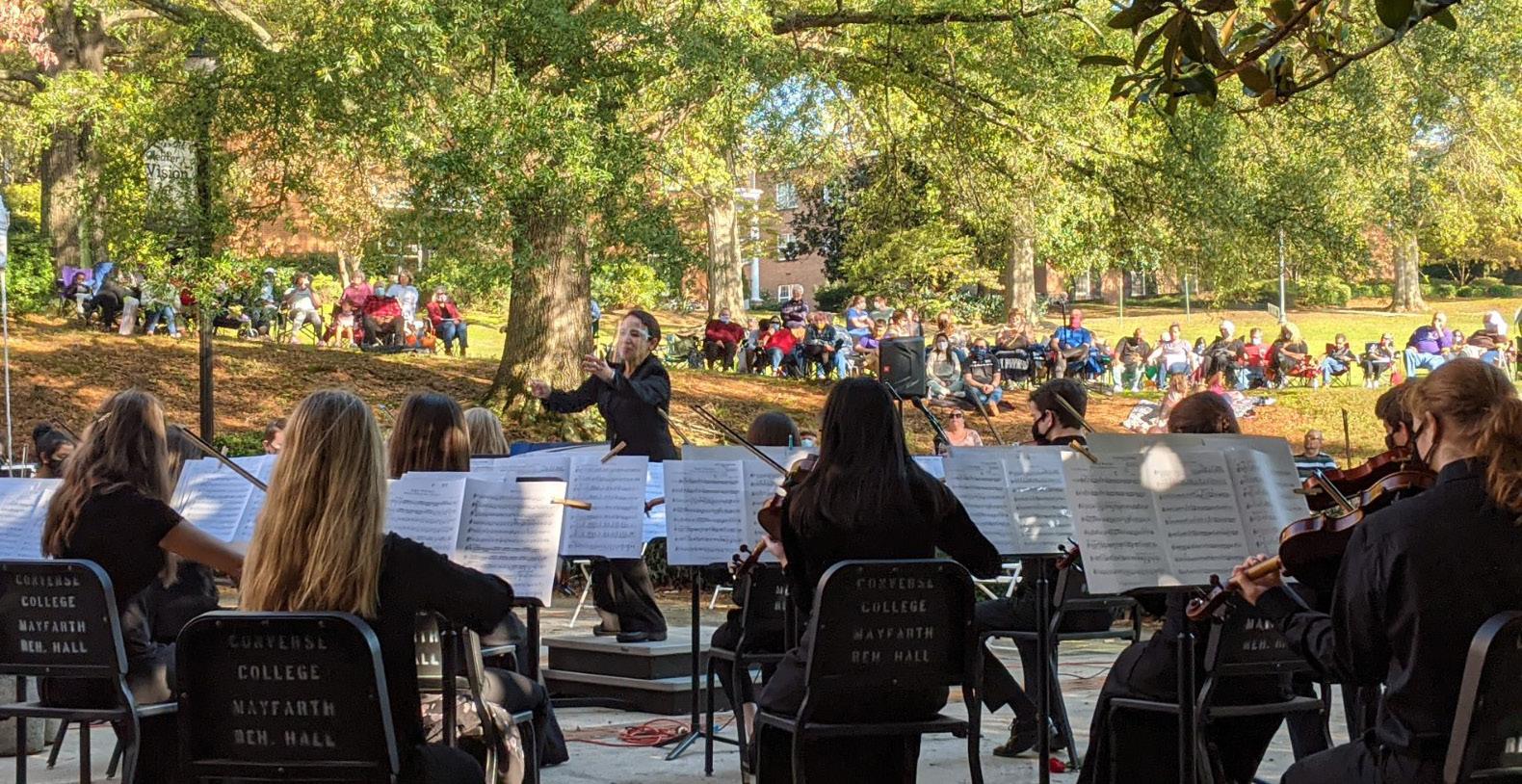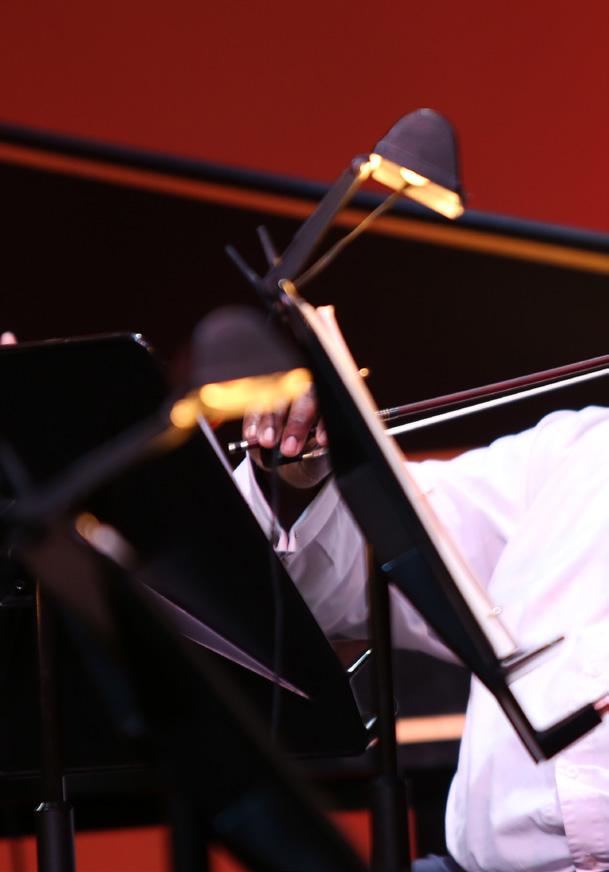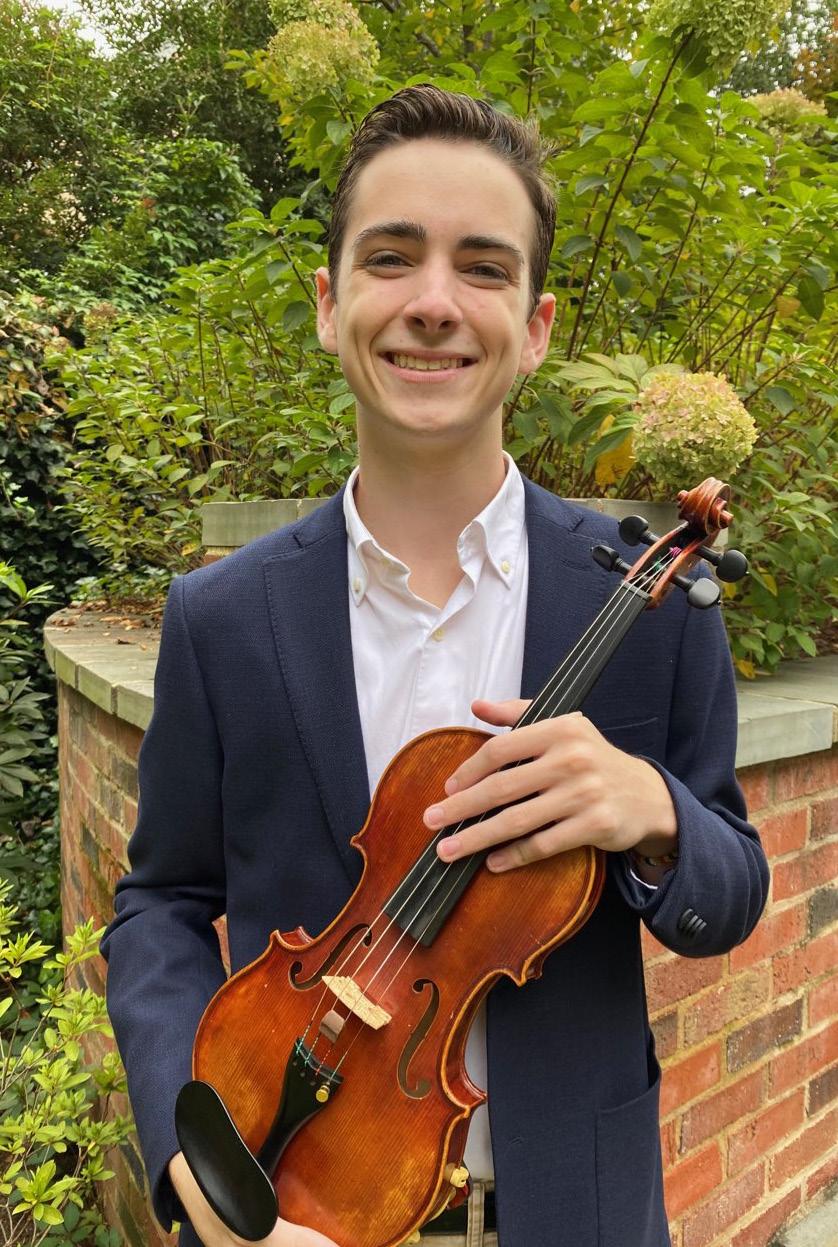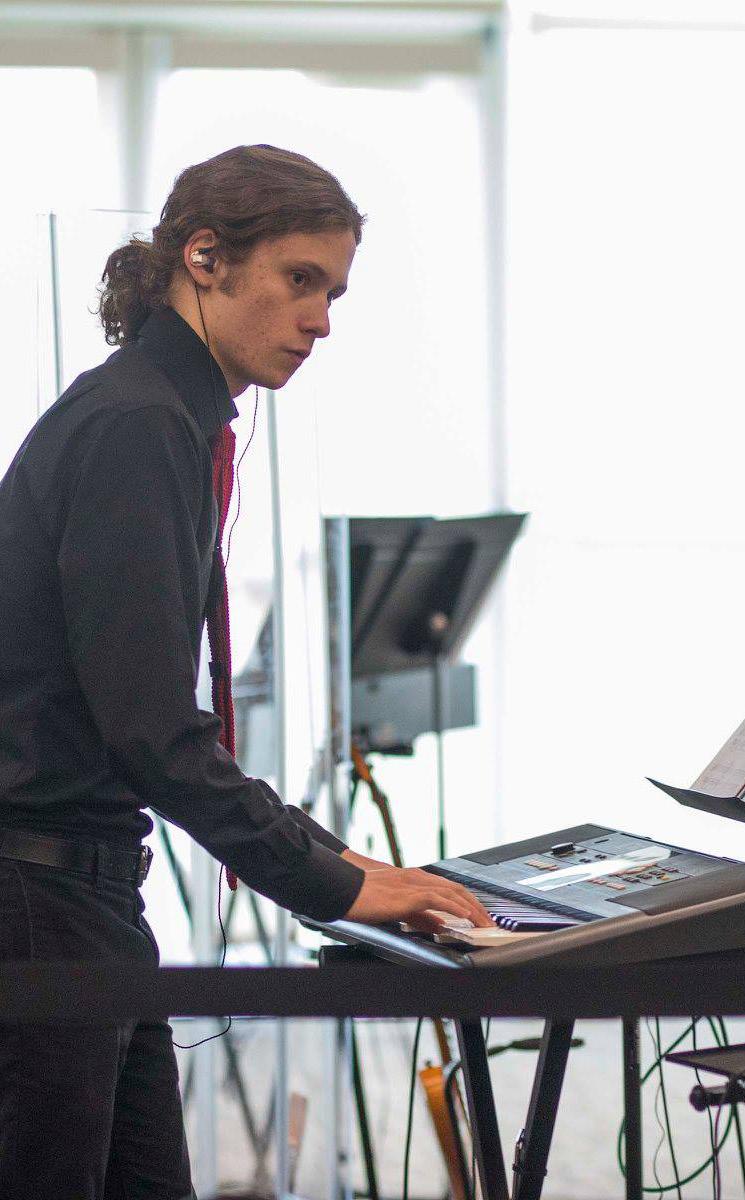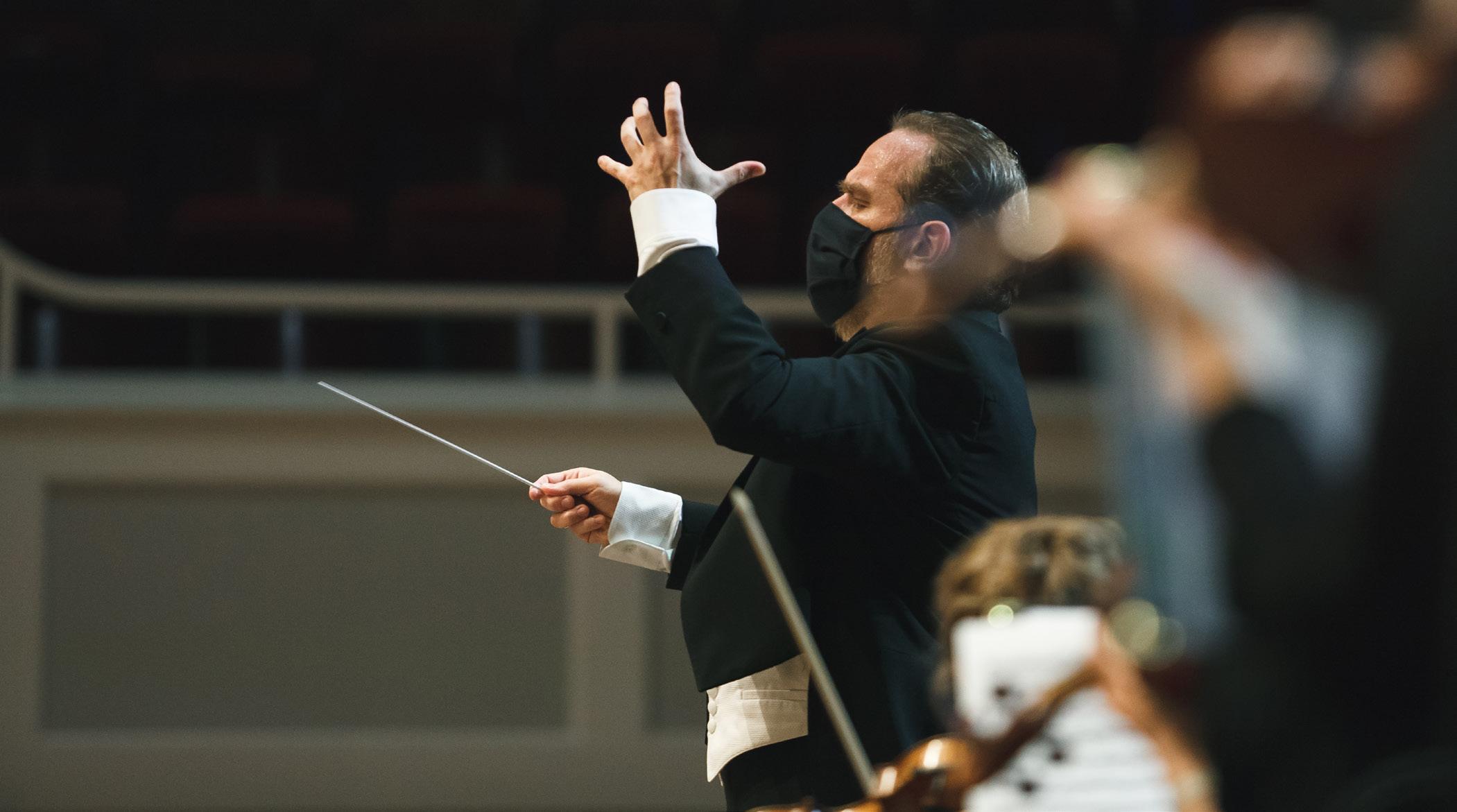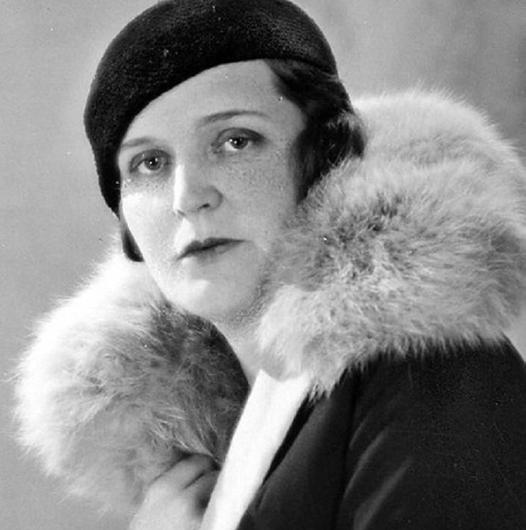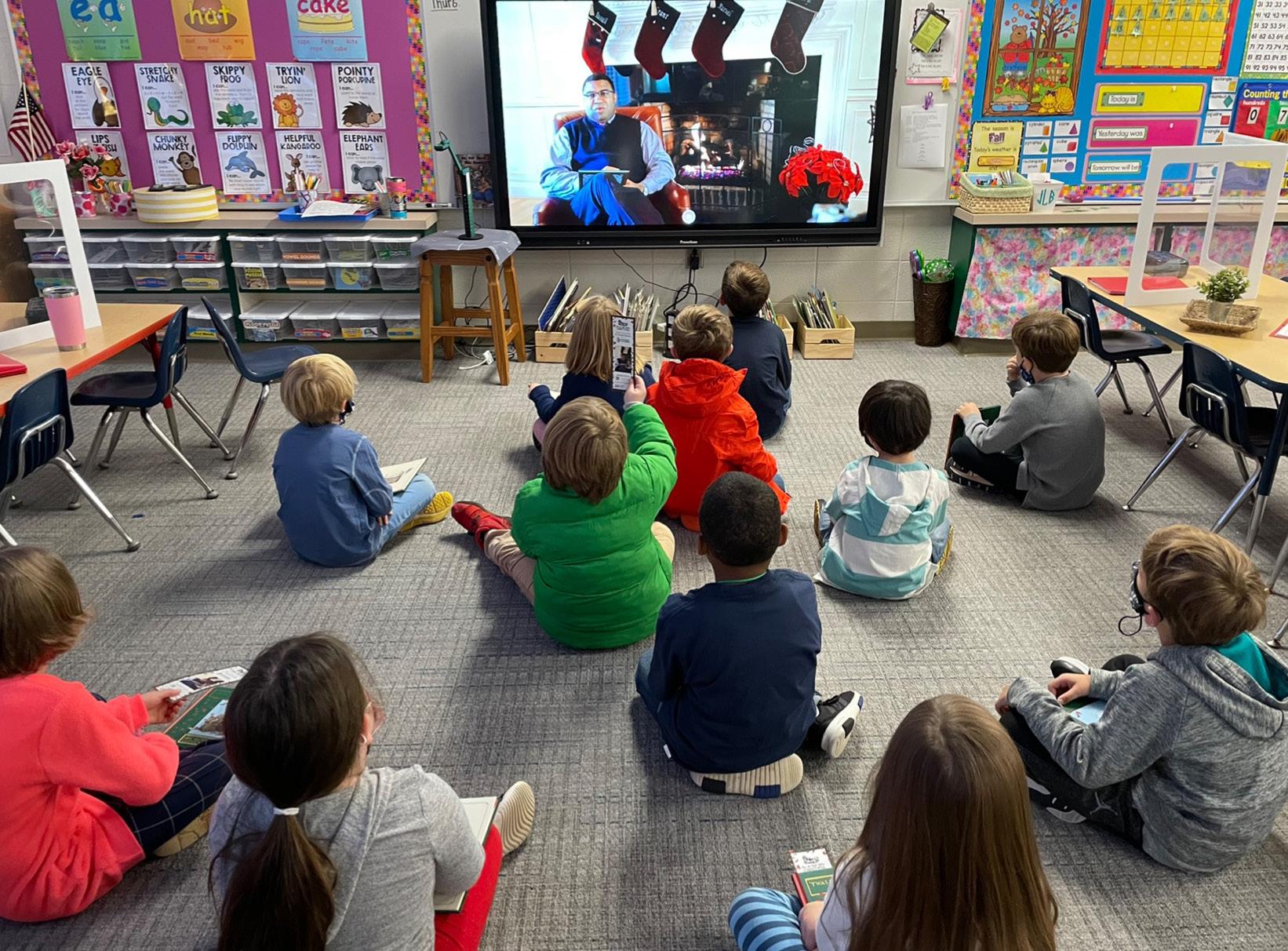Bluegrass and Classical Music Finding Commonality in Contrast
Laura Clare Thevenet
Contributing Author
It’s easy to understand music’s evolution over time — the progression from blues to rock, rock to punk, or even classical music to bluegrass music. We know the differences between them and the group of qualifications that place them into different genres, but what about the similarities? Béla Bartók and Béla Fleck might just have more than a name in common. If anyone understands this seemingly contradictory theory, it would be Spartanburg Philharmonic Board Member and Chair of the Bluegrass Committee Chris Strickland. His musical biography is the perfect merging of these two genres. Chris was exposed to music at a young age. Growing up, his dad had an extensive record collection that was on constant rotation in the house, and his mother played piano. At age 10, he started playing the violin. He recalled, “I had an older neighbor friend who I sort of looked up to, and he played the violin, so it started there. Along the way, I eventually picked up the guitar and mandolin too.” 48
As he got older, Chris continued to play violin in District 7’s orchestra program while attending Spartanburg High School. His classical training extended into undergrad at Wofford College, where he played in the string ensemble. It was then that he began making ties with the Spartanburg Philharmonic. Bill Scott, who happened to direct District 7’s orchestra while Chris attended Spartanburg High School, was Music Director of the Spartanburg Philharmonic at the time and convinced Chris to play with the Philharmonic for two seasons. In addition to his classical training, Chris started to explore bluegrass in college after seeing several live shows. However, this wasn’t his first encounter with bluegrass. He attributes his interest to his father. “I discovered it listening to my dad’s records. The one that stood out to me was the Nitty Gritty Dirt Band’s album Will the Circle be Unbroken. That album introduced me to so many great bluegrass artists like Earl Scruggs and Doc Watson. I loved the proficiency and creativity in bluegrass.”
